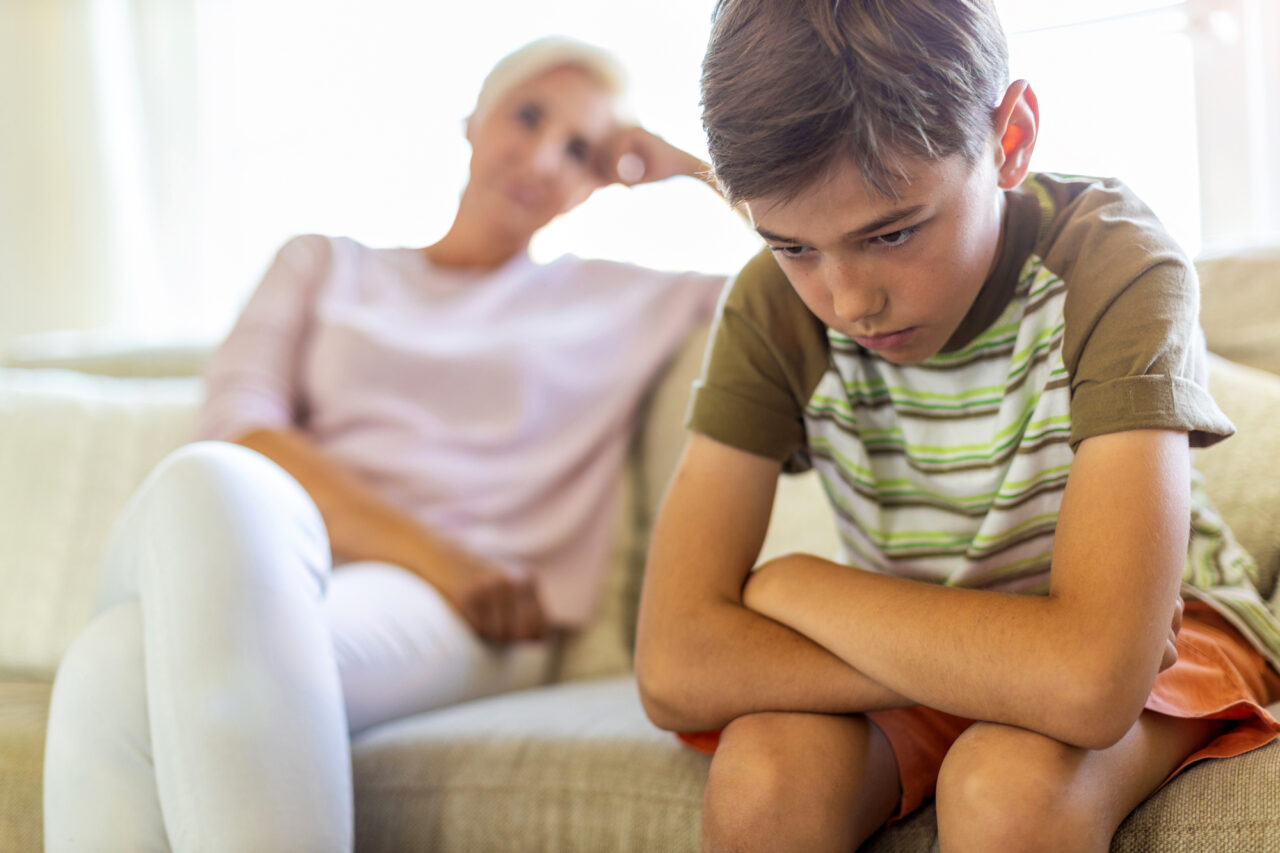Understanding the Impact on Children and How to Break the Cycle
Divorce is never easy, but when it becomes high conflict, the emotional strain can extend beyond the couple involved. In these situations, it’s often the children who feel the effects most deeply. Children experience emotional and behavioural challenges when parents are in prolonged conflict. Studies show:
-
25–30% of children from high-conflict divorces experience notable mental health concerns, compared to around 10% in low-conflict or intact families.
-
These children may show signs of anxiety, disrupted sleep, mood swings, or physical symptoms like headaches and stomach aches.
-
Academically, they may struggle more, and perform lower on standardised tests.
These effects are often linked to heightened stress, uncertainty, and shifts in routine—not the divorce itself, but how it is managed.
Navigating the Emotional Landscape
Children often report feeling “caught in the middle” when parents are in conflict. Over 40% say they feel torn between both sides, which can lead to guilt, confusion, or loyalty struggles. These feelings can put strain on parent/child relationships, especially if children feel they must choose sides or take on adult-like emotional roles.
Long-Term Impacts and Relationship Patterns
The experiences children have during a contentious divorce can also shape how they view relationships as adults:
-
They may be up to three times more likely to experience separation or divorce themselves.
-
Emotional effects like low self-esteem, depression, or difficulty trusting others can persist if left unaddressed.
-
Studies show these children are also less likely to pursue higher education, and may earn up to 20% less than peers from low-conflict homes.
However, with awareness and support, these patterns are not inevitable—they can be changed.
The Generational Ripple Effect
The way a divorce is handled doesn’t just affect the immediate family—it can influence how future generations manage relationships. Children who witness constructive communication, empathy, and conflict resolution are more likely to carry those skills into adulthood.
Conversely, repeated exposure to unresolved conflict can affect emotional regulation and relationship dynamics later in life. Research in epigenetics suggests that chronic stress in early childhood may even impact gene expression linked to emotional resilience.
Turning the Page: Breaking the Cycle
The positive news is that intervention works, and families can find healing—even during separation. Helpful steps include:
-
Counselling or therapy for both parents and children
-
Mediation and co-parenting support to reduce conflict
-
Clear, consistent communication that puts the child’s needs first
When families approach separation with respect, empathy, and support, children are far more likely to feel secure, understood, and emotionally safe.
Divorce may mark the end of one chapter—but it can also be the beginning of a healthier, more stable future for everyone involved. When handled with compassion and care, even high-conflict situations can lead to growth and healing. At the heart of it all is a shared goal: to protect and support children’s well-being.
Because when families are supported, children can thrive—even through change.


